Please note: In October 2020, we updated the DXOMARK Camera test protocol. Version 4 now includes image preview tests and a wide range of new test scenes as part of our new trustability evaluation which measures the camera’s ability to deliver consistent still image and video quality across all shooting scenarios. We have retested this device using the new version 4 of the test protocol and produced this completely updated review. For more information, please see our article about preview, trustability and other version 4 updates of the DXOMARK Camera test protocol.
Launched in March 2020, the Find X2 Pro remains Chinese manufacturer Oppo’s high-end offering in the market, and features a Qualcomm Snapdragon 865 chipset and a 120 Hz QHD+ display. Oppo has long been known for innovation in mobile imaging, and the Find X2 Pro follows in this tradition. Its triple-camera specifications look impressive, with a standard-wide primary module, a 5x tele-lens unit for zoom shots, and a 16 mm ultra-wide shooter.
The primary camera has a very large 1/1.4-inch 48 MP Quad-Bayer sensor that produces 12 MP output and channels incoming light through a 26 mm-equivalent lens with a fast f/1.7 aperture. With a 16 mm-equivalent lens, the ultra-wide camera isn’t the widest we have seen, but it is in line with many of the Oppo’s direct competitors. It comes with a fairly large 1/2-inch sensor and PDAF autofocus. The 13 MP tele-camera offers a whopping 5x optical zoom factor and optical image stabilization, but the f/3 aperture is slower than on most competing devices.
Read on to find out how the Oppo Find X2 Pro performed under the brand-new version 4 of the DXOMARK Camera test protocol.
Update summary
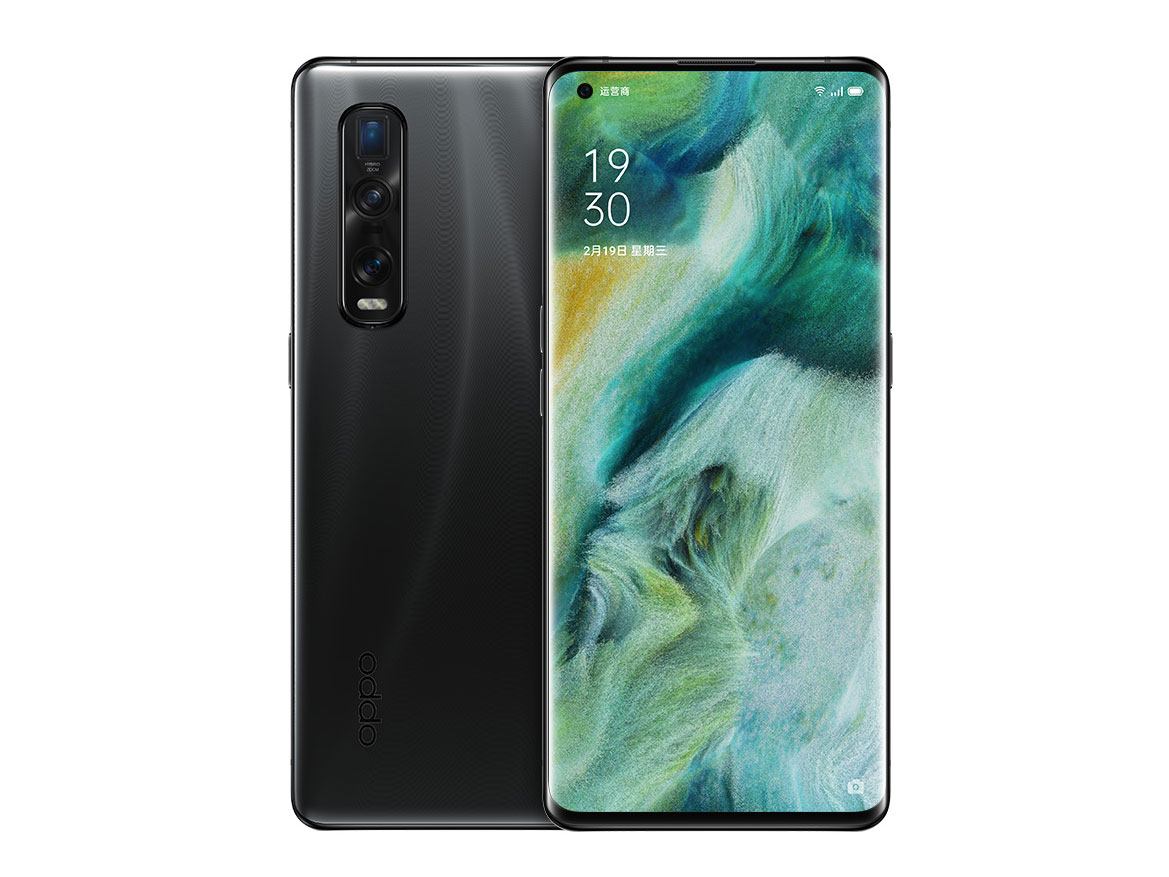
Oppo Find X2 Pro
With an excellent overall DXOMARK Camera score of 126, the Oppo Find X2 Pro keeps it position in the top tier of our updated rankings. A consistently good performance across all of our still photo test categories ensured a well deserved Photo score of 129, with bokeh shots a standout feature in terms of photo scores. The Find X2 Pro’s overall Zoom score of 85 is competitive with most of the devices at the top of our database, as is its Video score of 107. Again for video the Find X2 Pro is consistently good across all our test categories, with perhaps a standout score for stabilization.
For the most part the Oppo Find X2 Pro delivers excellent results from each of its three cameras, with nice bokeh simulation to boot. Using the standard-wide, target exposures are accurate and dynamic range is wide in high-contrast lighting, where it maintains good detail in the highlights and shadows. There is an issue with ghosting in scenes with moving subjects, such as birds flying across the sky, but for brightness and contrast, you won’t have too many complaints about the Find X2 Pro’s exposure. Colors are nice, too, and still images shot in all lighting conditions using the standard-wide camera display excellent detail with low noise. In portrait mode, simulated bokeh shots are pleasant and feature a nice depth-of-field effect with a realistic blur gradient and accurate depth estimation, as well as continued good exposure and wide dynamic range.
Under our more challenging Trustability analysis, we identified some autofocus instabilities, with some unnecessary refocusing and hunting visible in all lighting conditions. The Oppo’s large sensor and fast-aperture lens combination on the standard-wide camera also results in fairly limited depth of field, especially with subjects close to the camera. Resolution is good on close- and long-range zoom shots, but it’s less successful at medium range, where inconsistent texture rendering across the frame and a noticeable drop in detail towards the edges lower the score. Overall, we found the Find X2 Pro’s ultra-wide camera a bit of weak link in its photography arsenal. While it remains a useful option for squeezing more into the frame, and image quality is acceptable globally, its limited 16 mm maximum field of view and slightly low detail mean it’s not one of our top-scoring devices in this category.
A high texture-to-noise ratio is one of the standout features for the Oppo Find X2 Pro’s tested 4K/30 fps video files, which display excellent detail and low noise even in low-light conditions. Video target exposure is also accurate under outdoor and indoor lighting, but it’s best to avoid low light, as recordings tend to be a little underexposed. Fans of punchy high-contrast videos will also appreciate the Find X2 Pro’s video files, although at times we found that contrast tipped the scales a little, leading to clipping in the darks and brights.
Add to that very saturated color rendering some white balance casts, and the Oppo’s videos might be just a little too much for the more neutral palette. Frequent and unnecessary refocusing also dog the device’s video autofocus in low light, but its stabilization is effective overall in correcting motion while recording movies on the move.
Preview
Differences in exposure between the Find X2 Pro’s preview image and final capture are very different in high-contrast scenes. Highlights are often blown out on the device’s display when composing an image, but are then exposed better in the final capture. There are often problems with darker areas, too, particularly in low light. Shadow regions can be very underexposed in preview, but not in capture. Target exposure in portraits is also a little low and faces can have close to problematic underexposure, which is particularly true in backlit or high-contrast scenes.
Bokeh rendering is slightly inconsistent in the Find X2 Pro preview, as the effect doesn’t always activate when you switch to portrait mode. When it is activated, it’s not a very good representation of the final capture, either. Blur intensity tends to be more pronounced in preview, and depth estimation could be improved, as blur around the edges of the subject is sometimes noticeable.
Our testers found the Find X2 Pro’s reaction times to be slow using pinch zoom, with the device often taking a second or two to respond to the gesture. With focus, exposure, and white balance instabilities in all lighting conditions, as well as visible field-of-view jumps, overall zoom smoothness is a little disappointing on the Find X2 Pro.
Oppo Find X2 Pro camera review (originally published March 6, 2020)
The Oppo Find X2 Pro is Chinese manufacturer Oppo’s latest addition to the high-end bracket of the market, and features a Qualcomm Snapdragon 865 chipset and a 120Hz QHD+ display. Oppo is a manufacturer that has long been known for innovation in mobile imaging, and the Find X2 Pro follows in this tradition. Its camera specifications look impressive, and include a triple-camera setup that combines a standard-wide with 5x tele and 16mm ultra-wide cameras.
The primary shooter has a very large 1/1.4-inch 48MP Quad-Bayer sensor that produces 12MP output and channels incoming light through a 26m-equivalent lens with a fast f/1.7 aperture. With a 16mm-equivalent lens, the ultra-wide camera isn’t the widest we have seen, but it is in line with many of the Oppo’s direct competitors. It comes with a fairly large 1/2-inch sensor and PDAF autofocus. The 13MP tele-camera offers a whopping 5x optical zoom factor and optical image stabilization, but the f/3 aperture is slower than on most competing devices.
Nevertheless, the Oppo’s camera hardware specifications look mighty impressive next to any competitor’s. Find out if these specs translate into outstanding real-life and lab performance via our DXOMARK Camera review.
Please note: We tested the Find X2 Pro using firmware that Oppo plans to provide to customers by mid-April, thus the device we tested is a pre-production unit. As we always do in these cases, we will repeat the test with a commercial device when available to confirm that the image quality is identical
Key camera specifications:
- Triple-camera setup
- Primary: 48M 1/1.4-inch Quad-Bayer sensor and 25.46mm-equivalent f/1.7-aperture lens, OIS
- Ultra-wide: 48MP 1/2-inch Quad-Bayer sensor and 16.5mm-equivalent f/2.2-aperture lens
- Tele: 13MP 1/3.4-inch sensor and 128.77mm-equivalent f/3-aperture lens, OIS
- PDAF on all cameras
- Dual-LED flash
- 4K/60fps video with HDR (4K/30fps tested)
About DXOMARK Camera tests: For scoring and analysis in our smartphone camera reviews, DXOMARK engineers capture and evaluate over 1600 test images and more than 2 hours of video both in controlled lab environments and in natural indoor and outdoor scenes, using the camera’s default settings. This article is designed to highlight the most important results of our testing. For more information about the DXOMARK Camera test protocol, click here. More details on how we score smartphone cameras are available here.
Test results
With a DXOMARK Camera overall score of 124, the brand-new Oppo Find X2 Pro matches the current top device in our rankings, the Xiaomi Mi 10 Pro. Both devices also share the same Photo and Video sub-scores at 134 and 104, respectively, but have slightly different sets of strengths and weaknesses. While the Xiaomi excels in a few key categories—for example, texture rendering and zoom performance, it also has a few slightly weaker areas. By contrast, the Oppo delivers a more balanced performance, with results that are close to the best we have seen in almost all Photo and Video sub-categories. So if you’re undecided between the two, have a closer look at the detailed results we present here and make sure you pick the device that is best suited to your particular needs.
In addition to its very balanced performance overall, we want to mention that our testers were particularly impressed by the Oppo’s autofocus system, which worked swiftly and reliably in all conditions for both still image and video shooting, as well as by the excellent video stabilization, which delivers very smooth footage when walking while recording. Video exposure was another area of excellence for the Find X2 Pro, delivering good target exposures down to pretty low light levels.
The Oppo Find X2 Pro camera’s exposure system delivers very good target exposures across all light levels down to very low light. Dynamic range is also wide, allowing the camera to deal efficiently with challenging high-contrast scenes, capturing good detail in both the highlight and shadow regions of the frame.
Color is another strength of the camera, with images showing nice color rendering, good saturation, and accurate white balance in bright outdoor conditions as well as in typical indoor shooting situations. Only in low light did we see white balance accuracy drop a little, with some slight color casts occasionally becoming visible.
The Oppo camera manages a good balance between detail retention and noise management in all light conditions, but while the level of captured detail is good, it’s not quite as high as on the best in class—for example, the Xiaomi Mi 10 Pro—as you can see in the outdoor comparison samples below. The Oppo resolves less detail in the fine texture of the stone than the Xiaomi, but it just edges out the iPhone. Overall texture is well maintained in lower light, but decreases noticeably in moving scenes.
Noise is generally well controlled in Find X2 Pro images and hardly noticeable in bright outdoor conditions. In indoor scenes, such as in the sample below, you can see some luminance noise in shadow areas, but the Oppo still does very well here, producing the cleanest image in our comparison. As you would expect, both noise and a loss of detail become more obvious in very low light, but overall, the Oppo camera controls noise very well across all light conditions.
The Find X2 Pro earned an excellent Autofocus sub-score of 100. In our lab tests, the camera locked onto the test charts accurately and pretty much immediately after defocusing in all light conditions. In addition, our testers found the autofocus performance to be excellent while capturing real-life scenes.
The Find X2 Pro generally controlled all kinds of image artifacts well; however, we applied some penalty points for flare, which can be visible in some contre-jour scenes, such as the one below, as well as for ringing along high-contrast edges. We also observed some slight corner softness, aliasing effects, and channel clipping in blue skies, but these problems were fairly minor.
The Find X2 Pro’s ultra-wide camera offers a 16mm-equivalent focal length that is in line with some competitors, such as the Xiaomi Mi 10 Pro, but is not one of the widest out there (for example, the iPhone 11 Pro Max and the latest Samsung models feature 13mm and 12mm lenses, respectively). Overall image quality when shooting with the ultra-wide is very good, though, with good target exposure, accurate white balance, and well-controlled distortion across the frame.
On the downside, dynamic range is more limited than for the primary camera, with some highlight clipping visible in high-contrast scenes. Levels of detail are also lower than on the main camera, and we observed some luminance noise in indoor conditions, as well as some corner softness. The Oppo ultra-wide performs very well in most conditions overall, but cannot quite match the best in class.
The Find X2 Pro comes with a 5x optical tele lens, making it one of only a small handful of phones to offer such a long optical telephoto reach. The Xiaomi Mi 10 Pro with its dual-tele lenses is still ahead of the Oppo across all tested zoom distances, but the Find X2 Pro’s overall zoom performance is excellent, especially at the long end of the zoom, as you can see in the 5x samples below.
The Oppo delivers the best sharpness and cleanest image at the center of the frame. The Xiaomi is not far off, but the Apple image is noticeably softer and less detailed. However, in the Oppo image there’s also a very noticeable drop in detail towards the edges of frame. You can see the transition in the crop below.
Fusion artifacts are also sometimes visible in medium-range zoom shots. In the image below, we can see a ghosting effect on the flag moving in the wind. The lack of detail in the outer areas of the frame can again be see in the texture of the metal roof of the dome.
The Oppo also scores well for its bokeh mode, which creates very good background isolation of portrait subjects and few depth estimation artifacts, even on complex image elements such as hair. There’s also a nice blur gradient both in the background and foreground, and background spotlights are nicely shaped and contrasted. In addition, bokeh images show good color and dynamic range, making the mode usable in more challenging light conditions.
The Find X2 Pro delivers one of the best performances for the Night category that we have seen so far. Night cityscape images shot with the flash switched off show good exposure and color, but display a slight loss of detail. In the samples below, you can see that the Mi 10 Pro delivers the brightest exposure and slightly better detail than the Oppo, but overall, the Find X2 Pro does very well with this scene. The iPhone image is noticeably less saturated and shows more noise.
In this scene we can see that the Oppo deals better than the Xiaomi with highlights in the background. The Oppo image is also considerably less noisy.
Subjects can be slightly underexposed in portrait shots without flash but in the comparison below you can see that exposure on the face is better and there is less highlight clipping in the background than on the Xiaomi. The Oppo image is also cleaner, with noticeably less luminance noise than in the Mi 10 Pro image.
Flash-auto portraits also show good detail and exposure when the flash triggers. Flash-on performance in our lab is also excellent, with good white balance, low noise, and good detail when shooting in total darkness. But under low tungsten light a strong orange cast becomes visible.
The Oppo also offers a dedicated night mode, but it doesn’t really offer any improvement over the default settings. As you can see in the night mode samples below, contrast is unnaturally low, and the subject’s face looks especially flat. On the plus side, noise levels can be lower than in standard mode.
At 104 points, the Oppo Find X2 Pro matches the current high score for video, thanks to excellent test results across all categories, but its efficient image stabilization and very good HDR rendering are particular highlights. The latter ensures a wide dynamic range and minimizes highlight and shadow clipping in difficult high-contrast scenes. The stabilization helps keep things smooth and steady when hand-holding the camera or when walking while recording, as you can see in the sample clips below. It also provides good sharpness consistency between frames under typical indoor lighting, something many other devices can struggle with.
Footage from the Oppo’s 4K video mode also shows pleasant colors and accurate white balance in outdoor conditions, and low noise levels down to approximately 5 lux. At that point, things get too dark and footage starts being underexposed. Like with still image mode, the autofocus performs well and reacts swiftly to changes in the scene.
On the downside, we saw some exposure instabilities in HDR scenes. These are often noticeable as a kind of blinking effect in the sky, such as in the sample below. The iPhone 11 Pro Max, which also applies HDR rendering to its video footage, shows a very similar effect.
In addition, we saw some ringing along high-contrast edges when recording bright outdoor scenes or when shooting under indoor conditions. Texture and detail are good overall, but not on the same level as the Mi 10 Pro, and our testers also spotted some signs of a slight loss of local texture in some outdoor clips. Those same clips can also show some noise, but these are minor quibbles; overall, the X2 Pro is one of the best devices for mobile shooting that your money can buy.
Conclusion
We’ve seen excellent smartphone cameras from Oppo before, but the Find X2 Pro is the Chinese company’s masterpiece so far. It joins the Xiaomi Mi 10 Pro in the top spot of our DXOMARK Camera rankings, thanks to its camera delivering in all areas. Whether you shoot on a sunny day outside or in a dimly-lit restaurant, or shoot with the ultra-wide angle or the 5x zoom, or record a bokeh shot or a 4K video clip, the Find X2 Pro is highly unlikely to disappoint, making it the go-to device for mobile photographers who rely on their smartphone camera in a wide variety of situations.
Photo
Pros
- Excellent autofocus performance
- Nice colors and wide dynamic range
- Low noise levels in all light conditions
- Good detail in close- and long-range zoom shots
- Nice ultra-wide shots with little distortion
- Realistic bokeh shots with wide dynamic range
Cons
- Detail drops towards the edges of medium-range zoom shots
- HDR sometimes does not trigger for portrait shots, especially indoors
- Slight lack of detail in ultra-wide shots
Video
Pros
- Good exposure down to low light
- Good color and wide dynamic range
- Excellent image stabilization
- Fast and reliable autofocus
- Low noise in low light clips
Cons
- Some exposure instabilities on HDR scenes
- Occasional slight local loss of texture in outdoor clips
- Some noise in outdoor videos


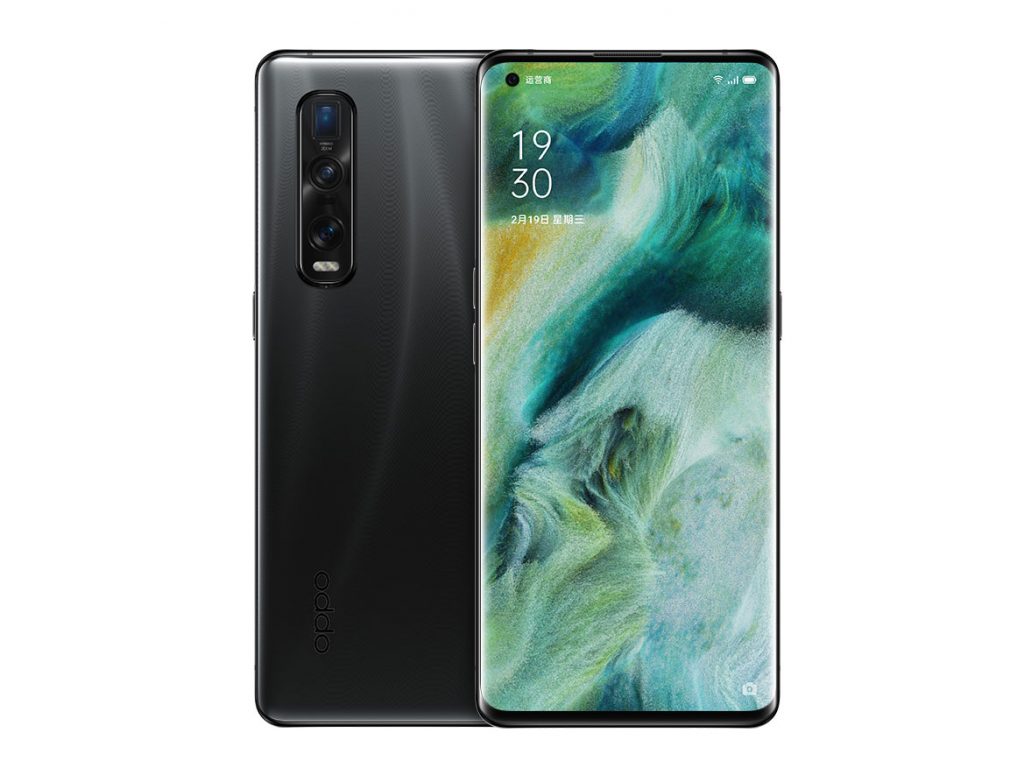





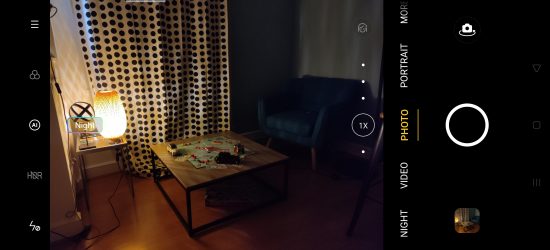

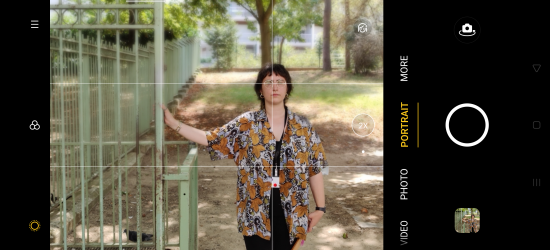














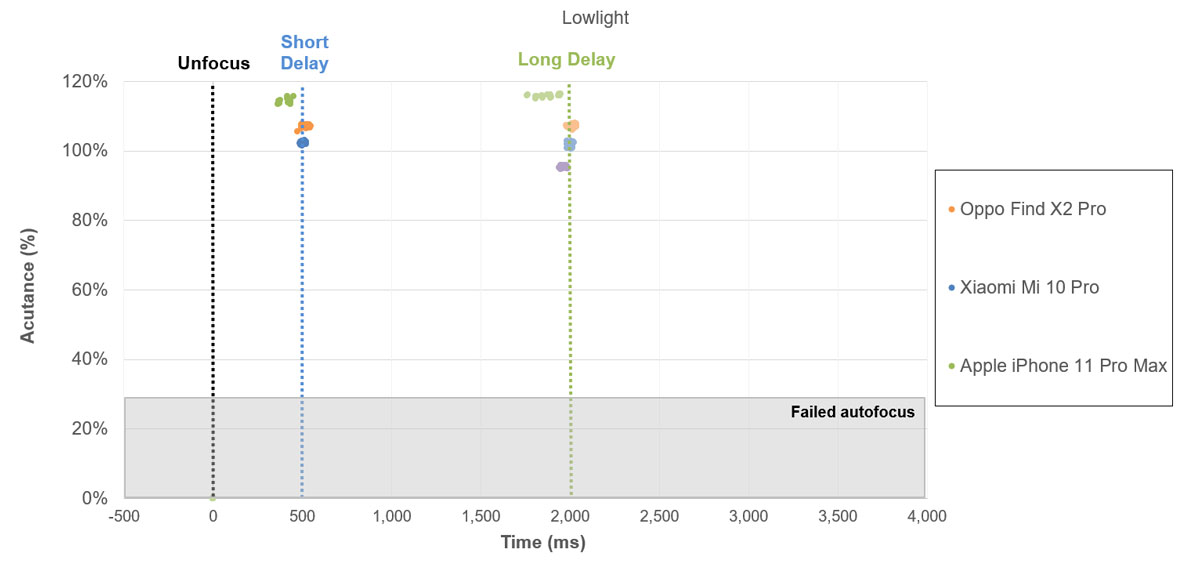















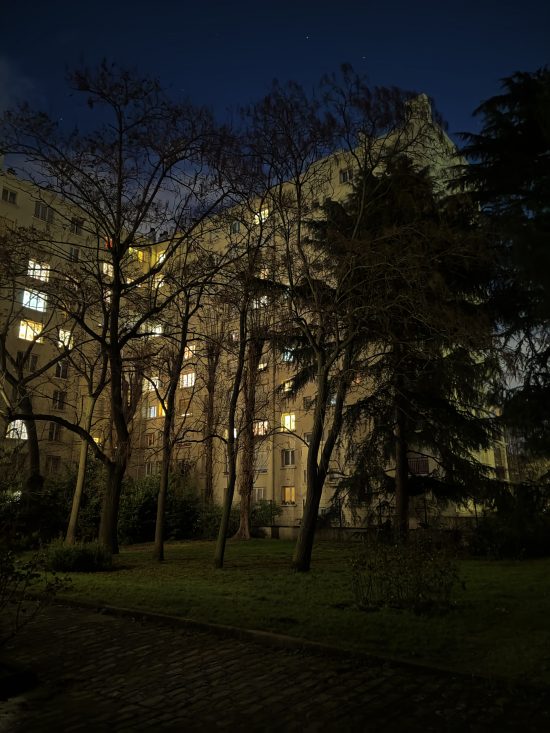
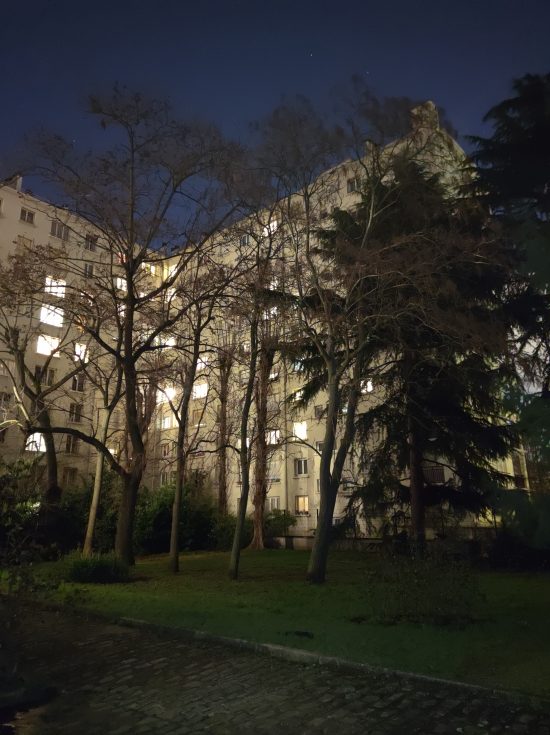





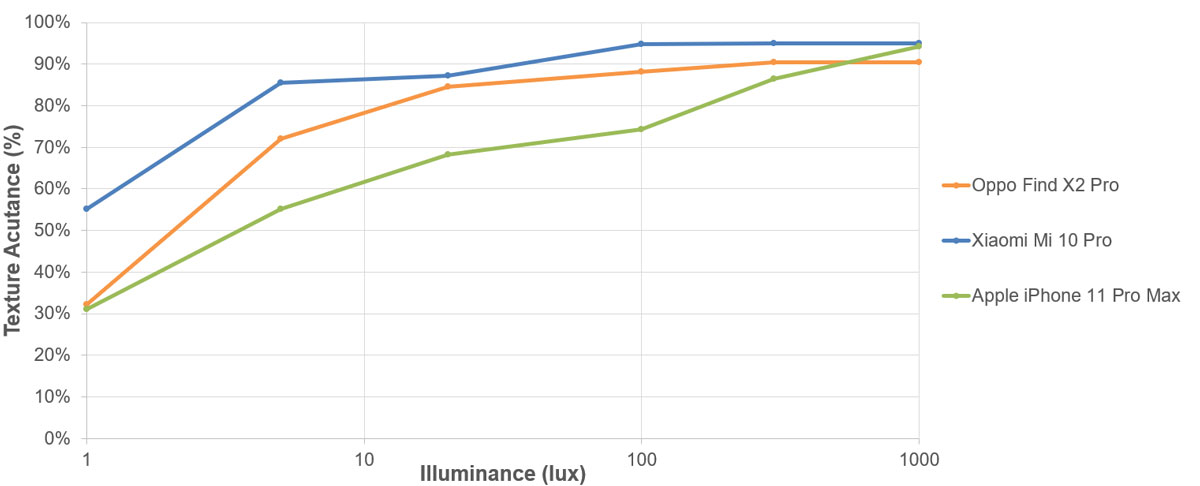
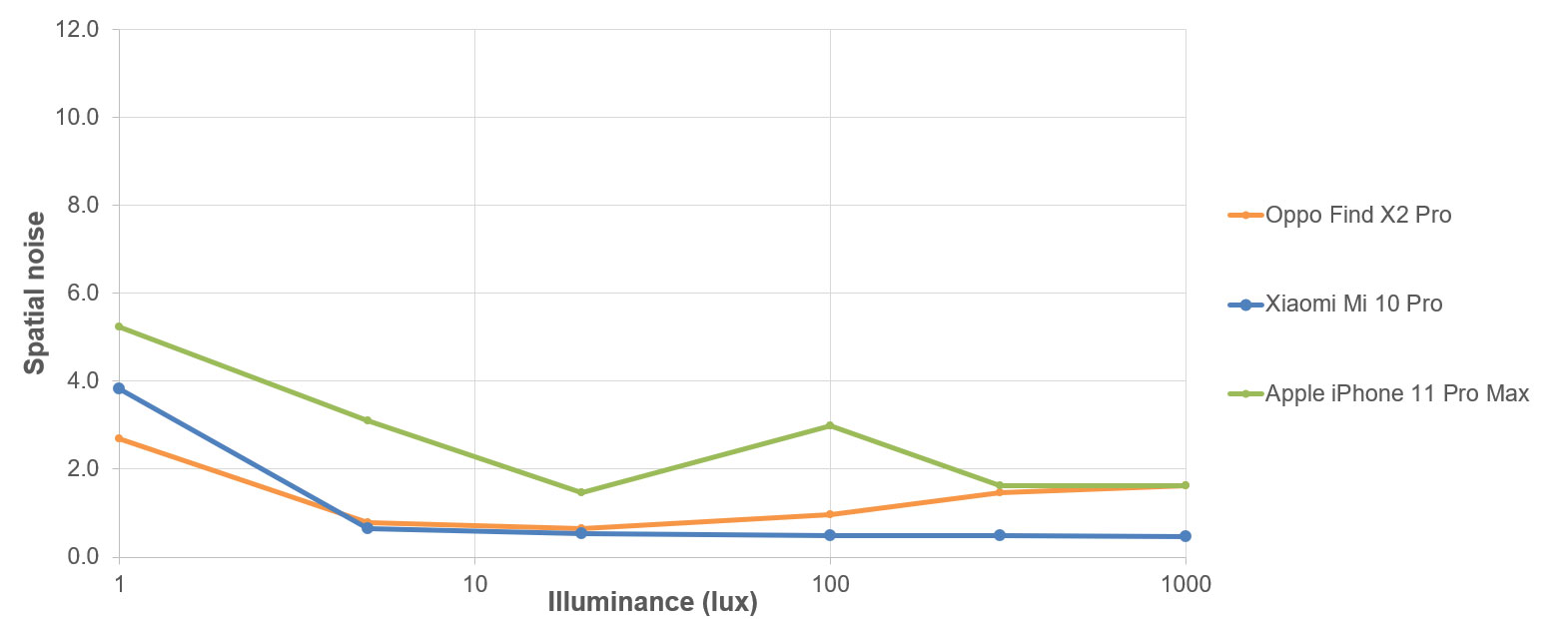
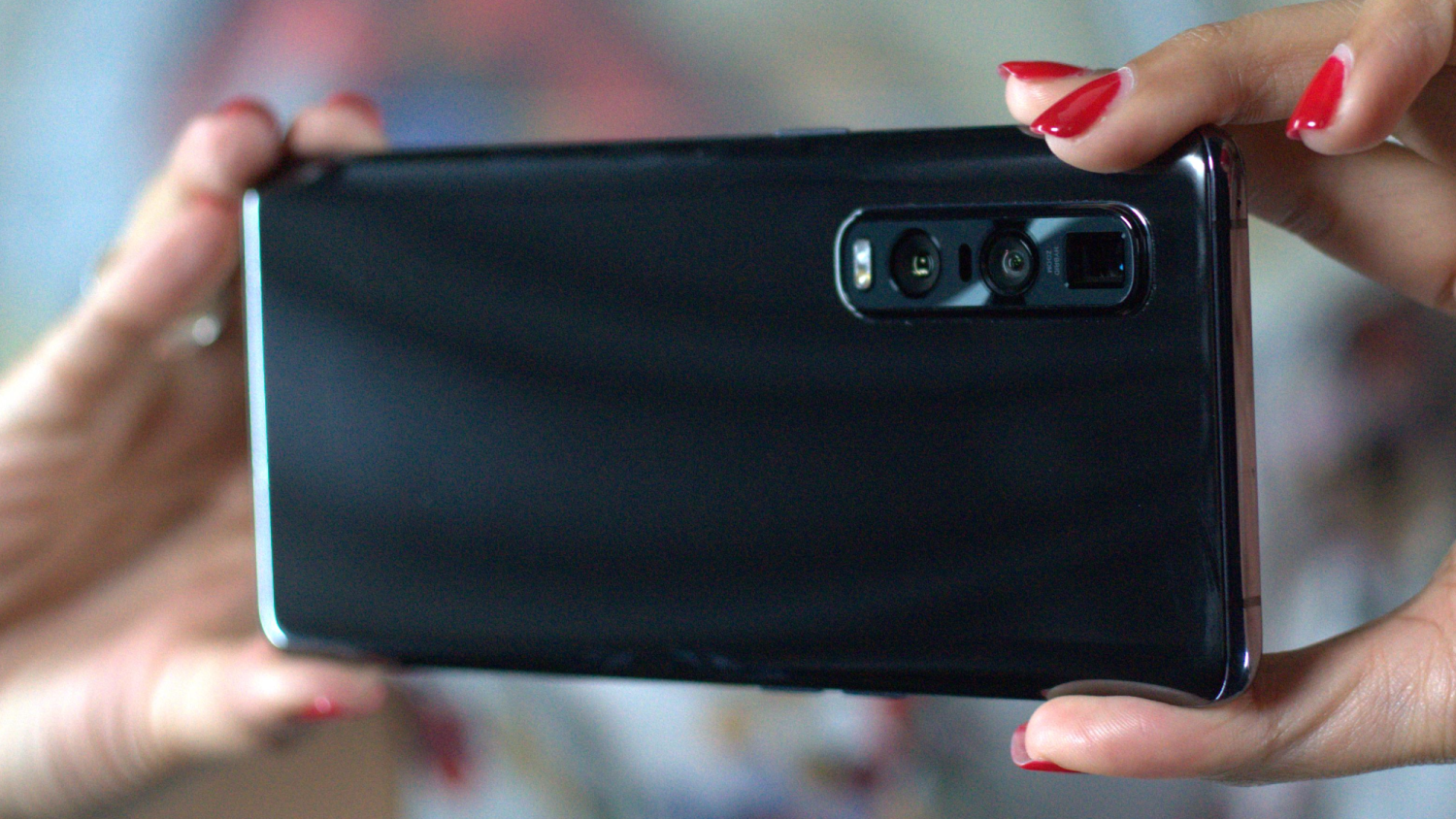


DXOMARK encourages its readers to share comments on the articles. To read or post comments, Disqus cookies are required. Change your Cookies Preferences and read more about our Comment Policy.